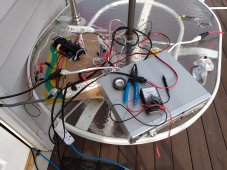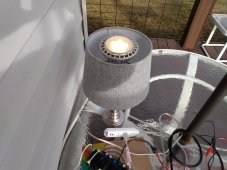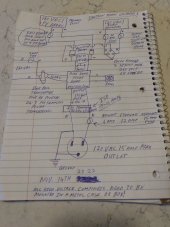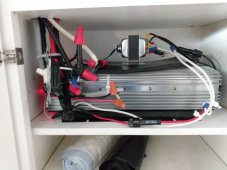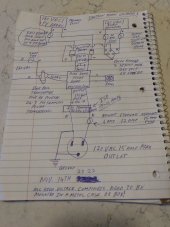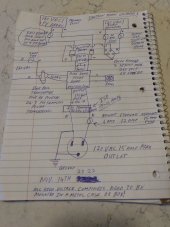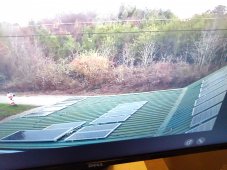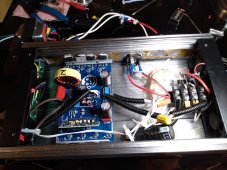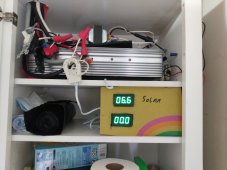GridWorks Green Solar
Solar Innovator
Will prepare tonight for the ISO test tomorrow weather permitting, will be a small amount of work to keep it separate from the working house systems, tomorrow we are going to dig to the absolute bottom of a rabbit hole and see what is waiting.
See you soon.?
Will be using (borrowing) the fridge switcher to test interactions with grid during the test, should not matter but must test 120 Volts from each side of the power panel and test all four possible power configurations.
Wether permitting it's going to be exciting tomorrow.?
Ready for testing tomorrow, I have one good reason why it may run smooth and one strong reason why this may end in a quick fail, everything will be glass fused at normal operation amps, past experiences with bias faults burn up the center of the power board and explodes the cap making for a burned mess.
I would take bets but need it to work to save money and to get the highest efficiency possible.?
By the way beautiful solar day and new 2000 watt power system is performing perfect.
See you soon.?
Will be using (borrowing) the fridge switcher to test interactions with grid during the test, should not matter but must test 120 Volts from each side of the power panel and test all four possible power configurations.
Wether permitting it's going to be exciting tomorrow.?
Ready for testing tomorrow, I have one good reason why it may run smooth and one strong reason why this may end in a quick fail, everything will be glass fused at normal operation amps, past experiences with bias faults burn up the center of the power board and explodes the cap making for a burned mess.
I would take bets but need it to work to save money and to get the highest efficiency possible.?
By the way beautiful solar day and new 2000 watt power system is performing perfect.
Last edited:



